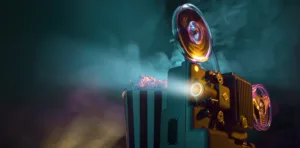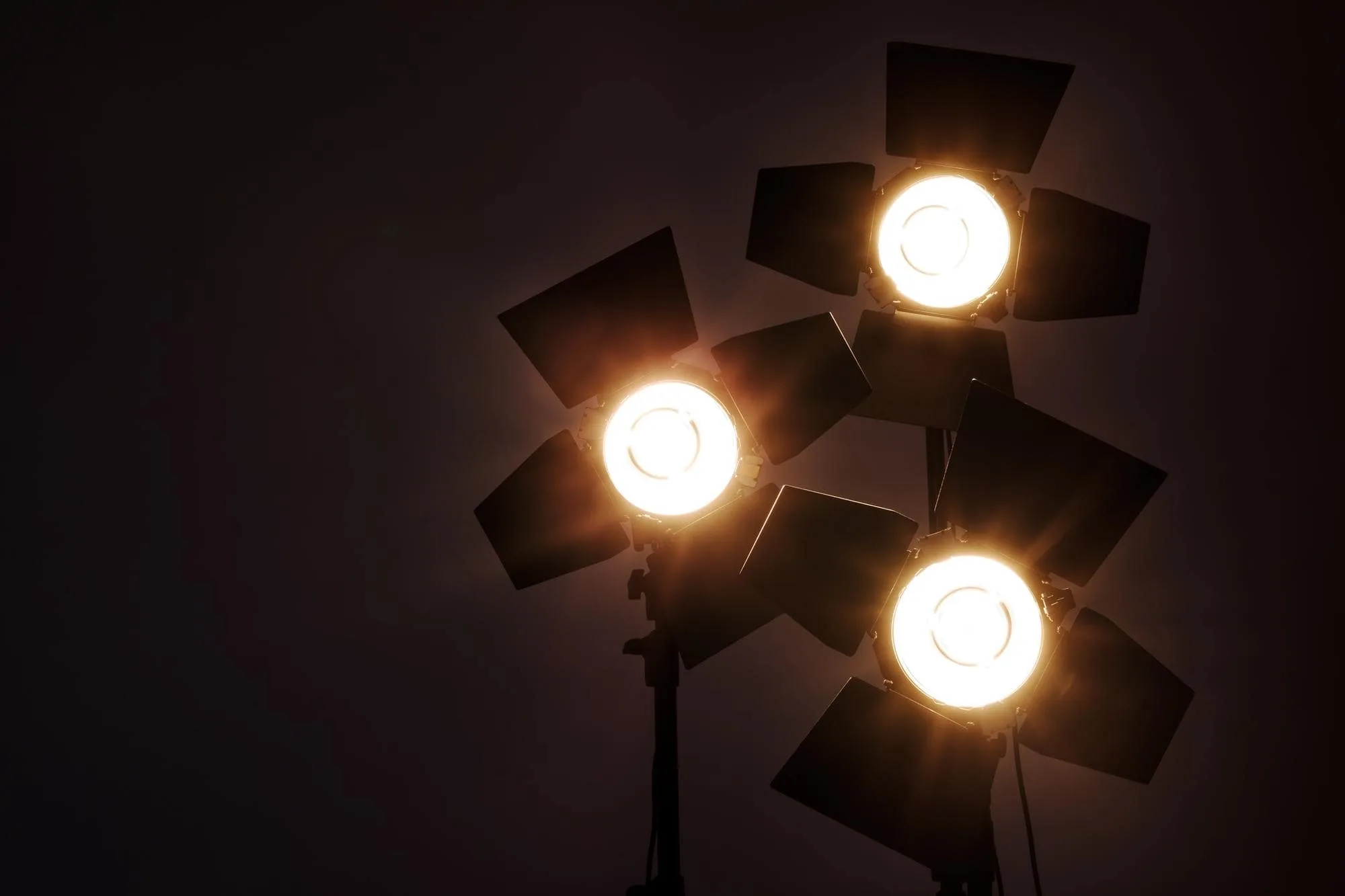
Hey there! Are you ready to learn about 3-point lighting in filmmaking? Let’s dive into it!
Have you ever watched a movie or a video and wondered why the actors look so good on camera? One of the reasons is likely due to proper lighting, specifically the use of 3-point lighting.
So, what is 3-point lighting? It is a lighting technique that uses three different lights positioned in a specific way to create a balanced and dynamic look for your subject. The three lights are:
The key light is an essential element in lighting for photography, film, and other visual arts. It serves as the primary illumination for the subject of the scene, and it is usually placed at an angle of 45-degrees from the camera’s viewpoint.
This way, it creates shadows and highlights that contribute to the overall tone and mood of the picture. The position of the key light can change depending on the desired effect and the number of subjects in the scene. Its brightness can also vary based on the conditions of the environment and the desired style of the shoot.
In short, the key light is a critical tool for any photographer or filmmaker to master in order to achieve stunning visual results.
When it comes to creating the perfect lighting setup, there are a lot of different factors to consider. One key element to keep in mind is the importance of fill lighting. This type of lighting serves a very specific purpose – it is placed on the opposite side of the key light and used to fill in any shadows that are created by that light source.
The goal is to create a more balanced and flattering look, by ensuring that your subject is effectively illuminated from all angles. To achieve this, fill lighting is usually set at a lower intensity than the key light – this helps to prevent any harsh or overwhelming effects that could potentially detract from the overall aesthetic of the shot.
Whether you’re shooting stills or video, mastering the art of fill lighting can make a big difference in the final outcome of your visual content.

The use of backlighting is an effective technique in photography that is aimed at creating a clear separation between the subject and the background. It involves placing the light source behind the subject, which helps to enhance the quality of the shot. Apart from the separation, backlighting is also useful in adding depth to the shot, which contributes to creating a more three-dimensional aspect to the subject.
Furthermore, the use of backlighting can produce a natural-looking highlight around the edges of the subject, which gives it a more polished and refined appearance. By employing this technique in your photography, you can add an extra dimension of interest and appeal to your shots, allowing them to stand out from the rest and capture the attention of your viewers.
By using 3-point lighting, you can create a polished and professional look to your video. It can be used in a variety of settings, from interviews to product shots to narrative filmmaking.
Creating visually appealing videos is important for capturing your audience’s attention and keeping them engaged. A great way to achieve this is by using 3-point lighting, a technique commonly used in film and television production. By incorporating this technique into your own videos, you can improve the overall quality of your visual content.
To get started, try using a key light to highlight your subject, a fill light to provide balanced lighting, and a backlight to add depth to your shot. With a little bit of practice, you’ll be able to master this technique and improve the overall look and feel of your videos.
So why not give it a try today and see the difference it can make in your content creation? We wish you the best of luck and happy filming!